Iran Khodro resumes car production in Africa
Iran Khodro, the biggest automobile producer in the Middle East, has reactivated its assembly line for production of Samand sedans in Senegal, its deputy director for exports and international affairs says.
The company began assembling cars in Thies, Senegal's second largest city 70 km from Dakar, in 2008 through a local joint venture named Seniran Auto, but the West African country severed diplomatic relations with Iran in February 2011 which disrupted the partnership.
Kianoush Pourmojib, quoted by Fars news agency on Tuesday, said that the Senegalese government had agreed to extend a duty free scheme, following which "necessary measures were taken" to reactivate Iran Khodro's production site in the country and resume production and supply of Seniran products.
For now, the plant has started producing Samand LX cars for use in the taxi fleet, but other products are being introduced to the Senegal market to gauge the needs and tastes of the country's customers, he said.
"Despite international restrictions, Iran Khodro's efforts to revive the site have borne fruit and the cargo ordered by the Senegalese has been shipped and the assembly and supply of Samand taxis has begun," Pourmojib said.
"We are planning to export other products of the Iran Khodro Industrial Group to Senegal, including heavy and semi-heavy commercial vehicles and motorbikes," Pourmojib said.
According to the official, this is the second shipment of CKD (completely knocked down) kits for assembly by Seniran Auto which has targeted re-exports to Guinea and Nigeria in the past.
"By activating the Senegal site, we will be able to pursue export targets in the African region more easily," he added.
Iran Khodro owns 60% of the shares in the $100 million joint venture with an annual production capacity of 5,000 cars which are equipped with ABS brake system, air bags, air-conditioners, and central locking.
Tehran’s quest for trade partners is not limited to Africa. It also has factories in Azerbaijan, Belarus, Syria and Venezuela.
Iran Khodro says its current models, including its main brand the Samand, meet pollution and safety standards and are prized by consumers in 30 markets in the Middle East, Africa and the former Soviet republics where it exports.
The Samand is based on France's Peugeot, but Iran Khodro has introduced a new sedan called Dena that offers higher specifications and continues the drive for a purely Iranian car.
The automaker produced Peugeot branded cars and a version of a Renault model under agreements with the French manufacturers which stopped business with Iran after the US imposed unilateral sanctions on the Islamic Republic in 2018.
Western sanctions, however, have had a silver lining for domestic manufacturers in the Iranian market of 82 million people, in a country with a land mass the size of Western Europe.
Iran has developed its domestic car industry for five decades and produced 1.6 million vehicles in 2010, about half of them made by Iran Khodro. Officials say more than 90 percent of parts are now domestically produced.
In 2000, Iran Khodro was making its own car bodies, by 2005 its own motors and by 2015 it had its own car platform, no longer relying on foreign-designed basics.
Even with sanctions, sales have risen in a market where foreign-made vehicles are kept out by a 90 percent import tariff. Officials say the sanctions have actually made the automotive industry more robust by forcing manufacturers to rely more on domestic production rather than imports.
According to the former minister of industry, the total value of imported contents used in car manufacturing has been cut by $2.5 billion – a figure that is enormous at a time of severe foreign exchange crunch due to the draconian sanctions.
The smart family cars rolling off Iranian automakers' production lines are a far cry from the rickety model it produced for years -- the famously polluting Paykan, based on Britain’s Hillman Hunter, a design from the 1960s.
Iran Khodro, Saipa and Pars Khodro share the Iranian market. They are expected to produce 1.2 million cars in the current fiscal of 1400 which ends on March 20, 2022. They are about to make 1.6 million units in 1401, Industry, Mining and Trade Minister Reza Fatemi Amin said last month.
Last week, Iran Khodro signed a contract to produce 45,000 bi-fuel cars, including 40,000 taxis and 5,000 pickup trucks that will be powered by either gasoline or compressed natural gas (CNG).
The country boasts the largest number of CNG vehicles where more than 4 million compressed natural gas cars operate against more than 16 million globally.
Last month, Iran Khodro and private Iranian company Mammut Industries signed contracts to produce 6,000 trucks with the help of Chinese manufacturers.
Iran Khodro CEO Farshad Moqimi also announced the company's readiness to export dual-fuel and gasoline vehicles to Turkmenistan.
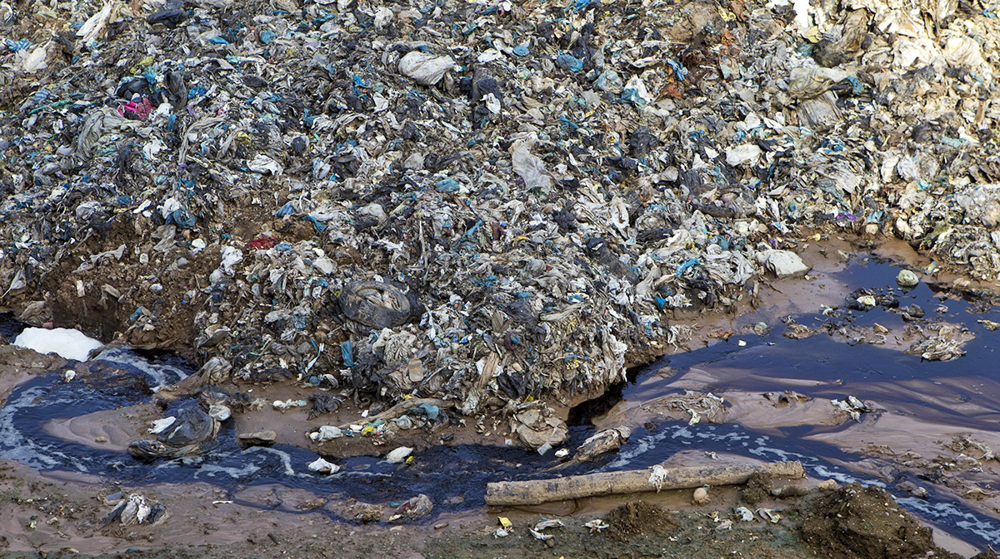
Iran starts major project to treat wastewater with cold plasma
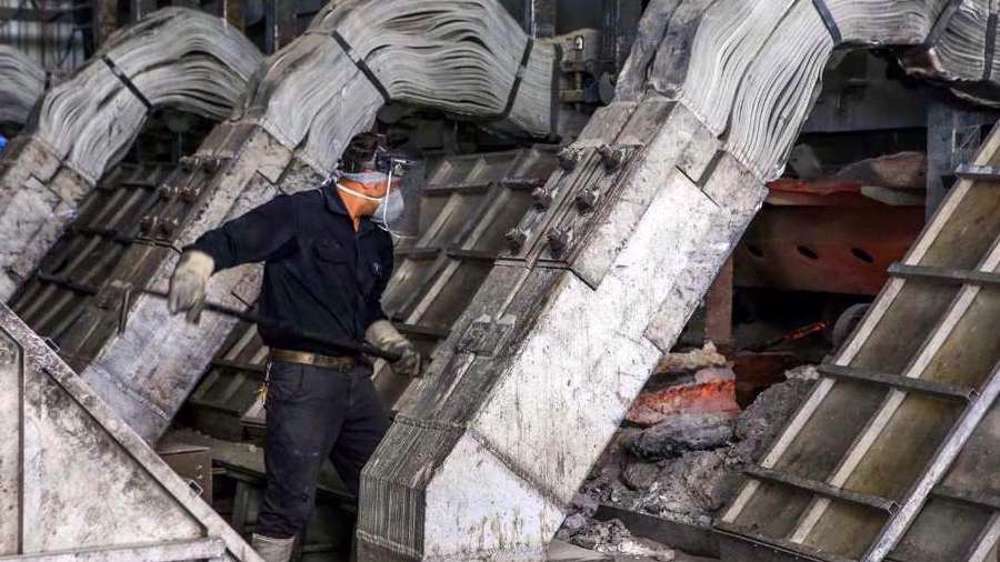
Iran’s aluminum output down by nearly 5% in year to March
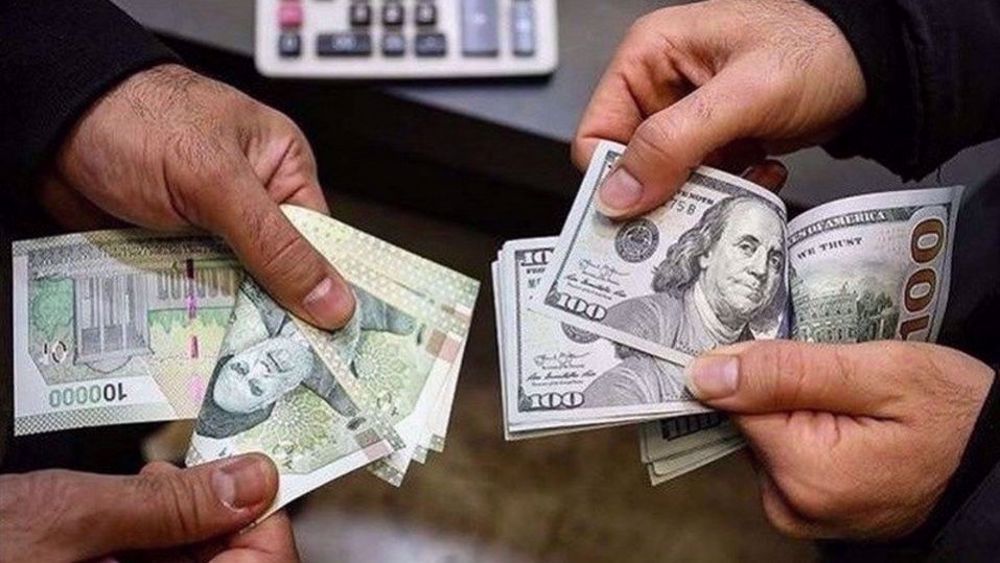
Iran currency surges on positive news from Iran-US talks
China urges US to ease trade tensions via ‘equal dialogue’
‘Hamas not defeated, military overstretched’: Israeli army chief
Iran, Armenia should elevate ties to strategic partnership: Deputy FM
VIDEO | Yemen shoots down another US MQ-9 drone
VIDEO | A number of Israeli soldiers killed, injured in Gaza ambush as retaliation rages
US pro-Israel strikes killed 123 Yemenis in less than a month: Ministry
VIDEO | Wars and documentaries
Iran starts major project to treat wastewater with cold plasma


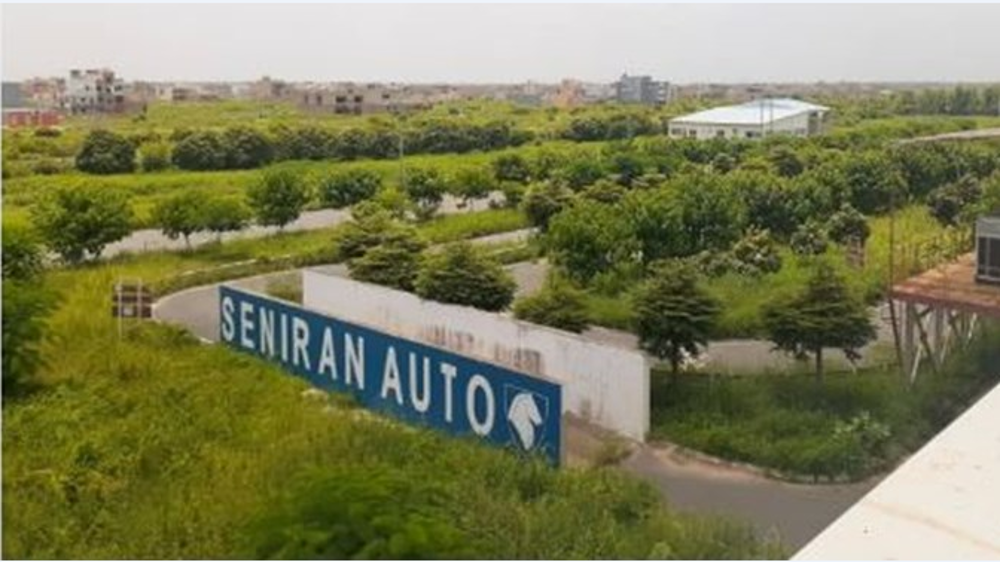
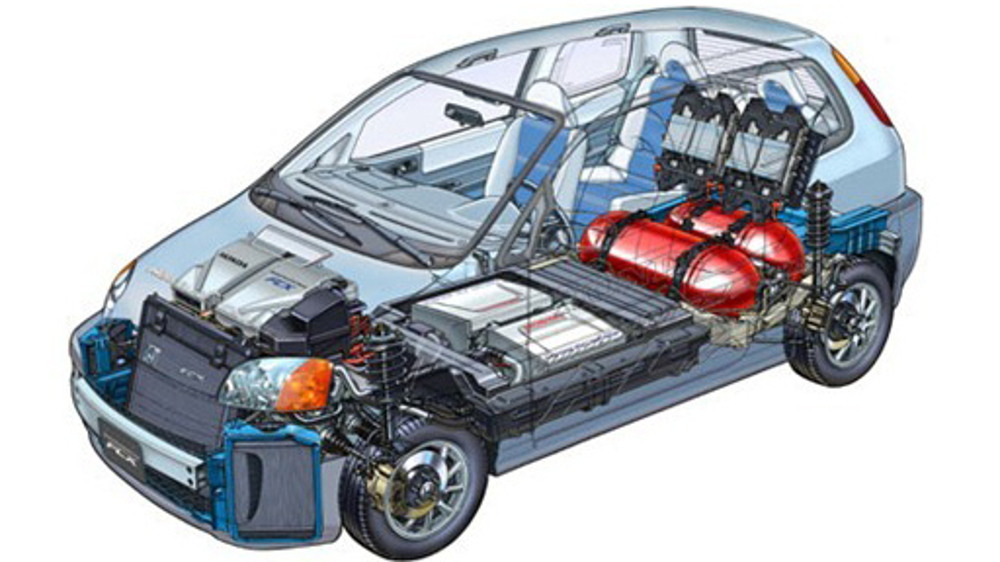




 This makes it easy to access the Press TV website
This makes it easy to access the Press TV website